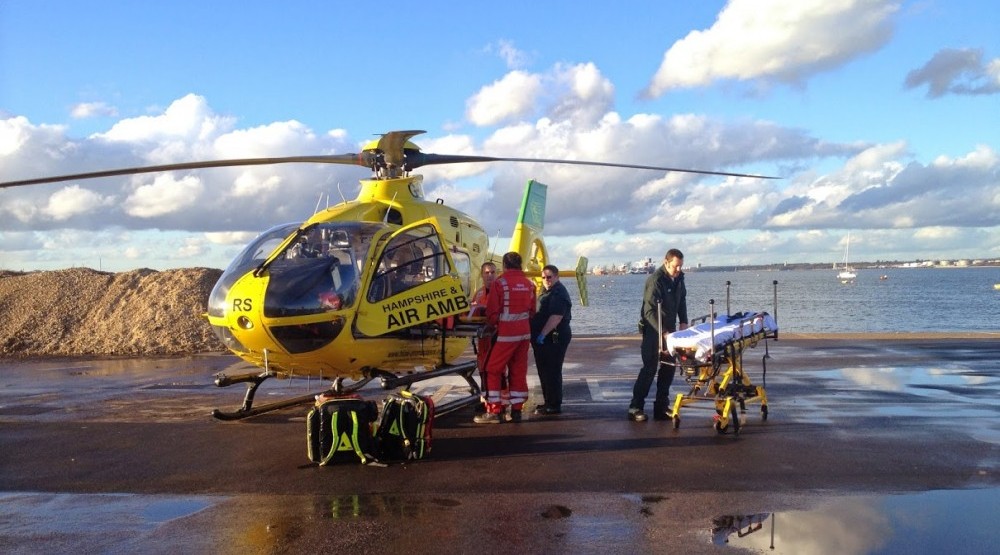
Helicopter emergency medical services for adults with major trauma (Cochrane Library)
Helicopter emergency medical services for adults with major trauma is a Cochrane publication by Cochrane Injuries Group
Authors:
Background
Although helicopters are presently an integral part of trauma systems in most developed nations, previous reviews and studies to date have raised questions about which groups of traumatically injured patients derive the greatest benefit.
Objectives
The purpose of this review is to determine if helicopter emergency medical services transport (HEMS) is associated with improved morbidity and mortality, compared to ground emergency medical services transport (GEMS), for adults with major trauma. The primary outcome was survival to hospital discharge. Secondary outcomes were quality-adjusted life years (QALYs) and disability-adjusted life years (DALYs).
Search methods
Searches were run in CENTRAL, MEDLINE, EMBASE, CINAHL (EBSCOhost), SCI-EXPANDED, CPCI-S, and ZETOC in January 2012. Relevant websites were also searched, including controlled trials registers, HSRProj, the World Health Organization (WHO) ICTRP, and OpenSIGLE. Searches were not restricted by date, language, or publication status. Attempts were made to contact authors in the case of missing data.
Selection criteria
Eligible trials included randomised controlled trials (RCTs) and non-randomised intervention studies. Non-randomised studies (NRS), including controlled trials and cohort studies, were also evaluated. Each study was required to have a GEMS comparison group. An injury severity score (ISS) > 15 or an equivalent marker for injury severity was required. Only adults aged 16 years or older were included.
Data collection and analysis
Three review authors independently extracted data and assessed the risk of bias of included studies. The Downs and Black quality assessment tool was applied for NRS. The results were analysed in a narrative review, and with studies grouped by methodology and injury type. A predefined subgroup was comprised of four additional studies that examined the role of HEMS versus GEMS for inter-facility transfer. Summary of findings tables were constructed in accordance with the GRADE Working Group criteria.
[document url=”https://www.emergency-live.com/wp-content/uploads/2015/06/CD009228.pdf” width=”600″ height=”720″]


